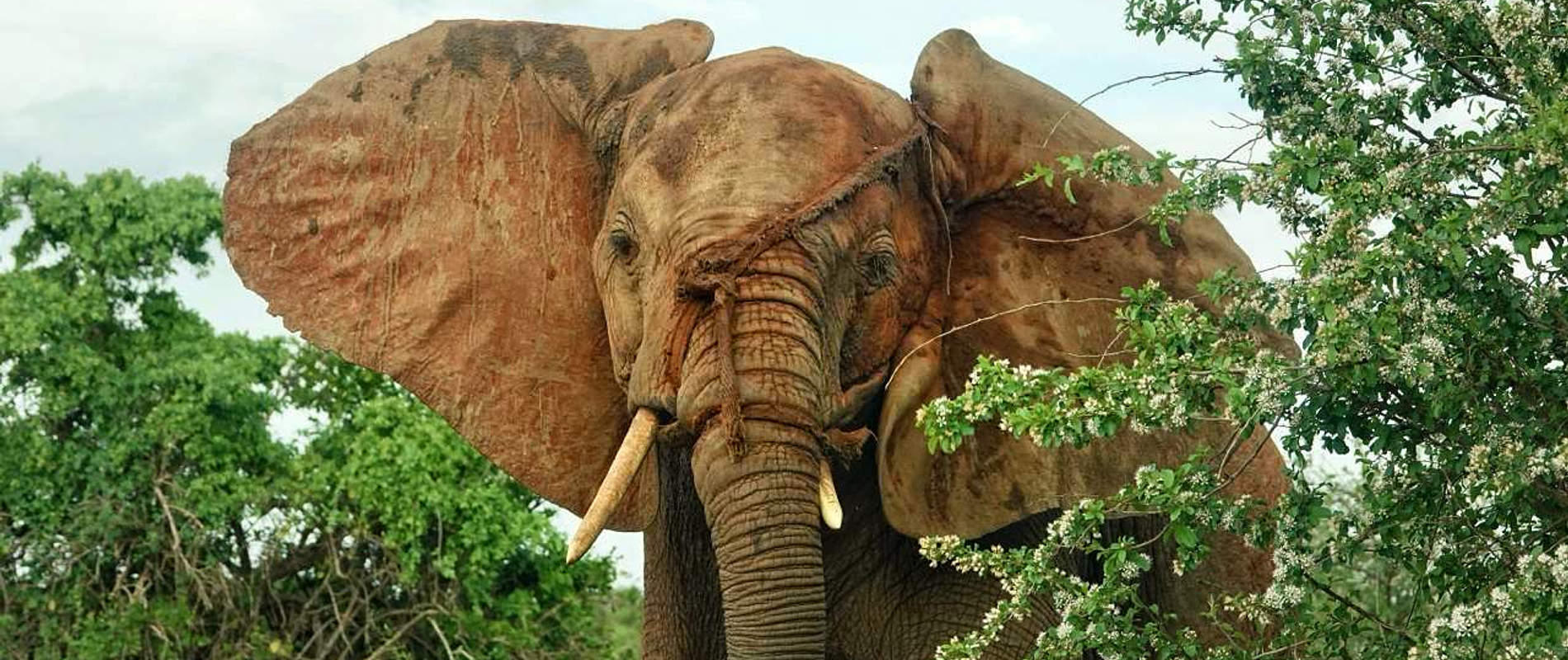It was an ordinary day in the vast landscapes of Tsavo, with the sun casting its relentless gaze over the expansive fields, when an extraordinary moment unfolded that would leave an indelible mark on our Project Director of Tsavo. Over the decades, he had encountered countless wildlife scenarios, but nothing quite like this. As he surveyed the area, an elephant, one of the majestic giants of the savannah, suddenly stopped and lifted its head. It was not unusual for these creatures to pause and observe their surroundings, but this time, the elephant’s gaze met his in a prolonged, deliberate manner that suggested a depth of intelligence and emotion rarely witnessed firsthand.

The Director stood frozen, locked in the elephant’s gaze, his heart racing with a mix of awe and curiosity. Elephants are known for their complex social behaviors and cognitive abilities, but such direct interaction with humans in the wild was not just rare—it was unheard of in his extensive career. The air between them thickened with tension and mystery as the elephant seemed to communicate through its eyes, its demeanor unusually solemn.

What made this encounter even more surreal was the palpable sense of urgency emanating from the elephant. Typically, these creatures are quite self-sufficient and wary of human presence, but the behavior displayed suggested something different. It was as if the elephant was seeking assistance, reaching out across the species divide for help. The notion might have seemed fanciful to any onlooker, but in that moment, the Director felt a compelling duty to respond.

Driven by a mix of duty and curiosity, he cautiously approached the elephant, mindful of not startling it. As he drew closer, it became apparent that the elephant’s urgency was not unfounded. A few yards away lay a younger elephant, seemingly injured and unable to rise. The elder elephant, possibly a parent or a close kin, had not just stopped randomly but had specifically sought out the one human it associated with safety and help.

The situation swiftly transitioned from a surreal encounter to a rescue mission. With years of experience in wildlife management and a dedicated team at hand, the Director coordinated a swift response. Veterinarians were called to the scene, and with the help of the team, they managed to treat the injured calf. Throughout the ordeal, the adult elephant stood by, its demeanor calm yet watchful, reinforcing the incredible bond of trust it had placed in the humans.

This profound experience underscored a vital lesson that went beyond the day-to-day conservation efforts: wild animals, like us, experience distress and seek help in the most unexpected ways. The encounter not only highlighted the cognitive depth of elephants but also reminded us of our profound responsibility towards these complex creatures.

As the calf recovered and eventually rejoined its herd, the Director and his team were left with a renewed sense of purpose and a story that would resonate deeply within the conservation community. It was a poignant reminder of the unexpected ways in which wildlife can communicate their needs and trust, urging us to always be attentive and responsive stewards of the natural world.






